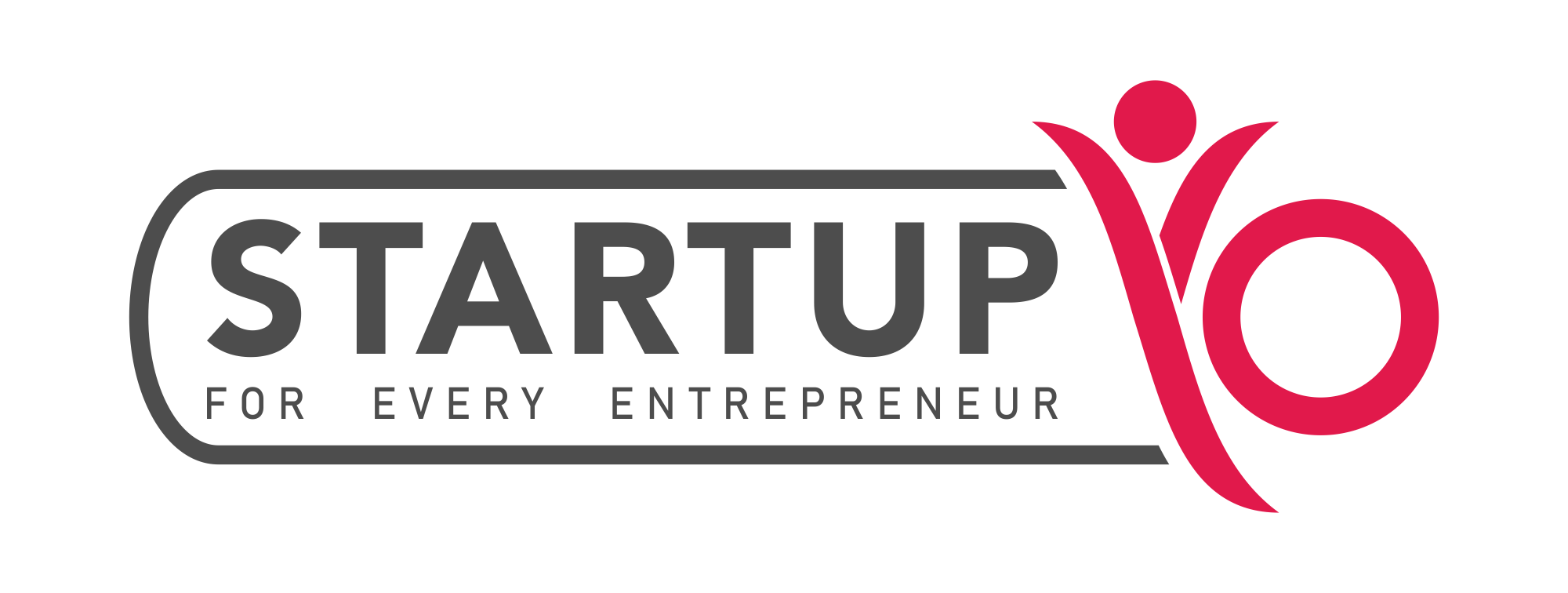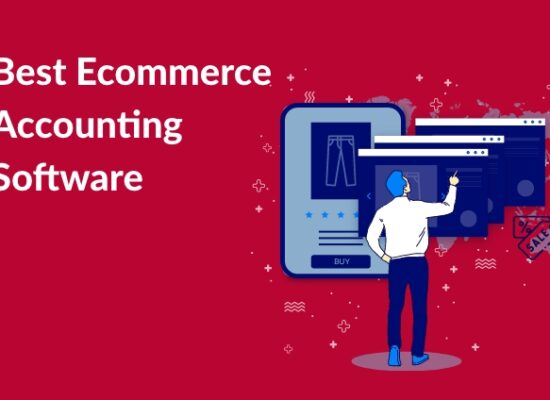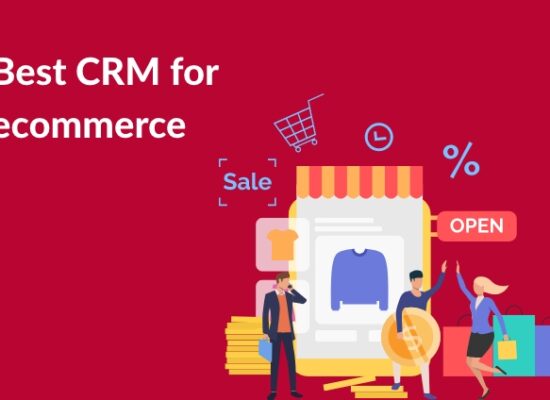
Hey aspiring ecommerce entrepreneurs! Are you prepared to turn your brilliant idea into success? If you have any confusion on how to launch your own ecommerce business, we’ve got your back. We’re covering everything from choosing the ideal business idea to navigating the digital landscape. Imagine a roadmap that will lead you through the twists and turns of e-commerce entrepreneurship, much like having a helpful friend by your side. Thus, gather your entrepreneurial energy and buckle up since this is where your ecommerce adventure starts.
The ecommerce business is growing really fast, giving a big chance to business owners. Lots of people now prefer to buy things online. So, it’s crucial for businesses to stay current with ecommerce software advancements if they want to succeed. As technology gets better, businesses must use the best ecommerce tools to be best in business. In case you don’t have any financial support, there are multiple ecommerce business loans available . There is a great opportunity presented by e-commerce but entrepreneurs need to understand that the key to converting potential into long-term success is only strategic planning.
Ecommerce Business Types/Models

Your ecommerce business strategy has an impact on your business success regardless of your brand or other settings. Retail purchases occurring online would have seemed unthinkable decades ago but as online shopping became more widespread, the percentage of e-commerce sales increased even further. Ecommerce is expected to account for 20% of all retail sales worldwide in the coming times.
Businesses who aren’t currently operating online must have to enter this digital space as soon as possible because the move to digital is genuine. So choosing the most suitable model for your ecommerce business is very important. There are six primary ecommerce business models, which are
- Business to Business (B2B) : Businesses that deal with other businesses directly to sell goods or services. These companies can directly sell to end users or to businesses that then resell the products or services to other consumers or companies.
- Business to Consumer (B2C) : These companies sell goods or services directly to consumers. They use the strategy of “direct to consumer ” sales.
- Business to Government (B2G) : In this ecommerce business model, goods or services are directly sold to public administrations or government organizations.
- Business to Business to Consumer (B2B2C) : In B2B2C, a company sells to another company. The receiving company then sells these products or services to a consumer.
- Consumer to Consumer (C2C) : It involves transactions between two or more consumers.
- Consumer to Business (C2B) : This ecommerce business model starts with consumers. Here the individuals sell their products or services directly to businesses.
Read More : The Ultimate Guide to Ecommerce Business Insurance
10 Steps to Start and Grow Your Ecommerce Business

A well-written ecommerce business plan acts as a road map for the expansion and success of your company. You can open your own ecommerce business by following below mentioned 10 simple steps.
Step1: Do Market Research
Doing market research for your company is important. You must know who is interested in purchasing your goods, what appeals to them, and what other companies are offering for sale. If you were building a candy store, you would like to know which candies are the most popular in your area and how much people are prepared to spend on them.
See if there are any other similar stores and what they can offer. The more you know about your consumers interests, the more easily it will be for you to succeed.
Step 2: Write a Business Plan
You start by coming up with ideas and considering what makes your idea unique. Making a business plan for your company is similar to creating a map. You describe the sources of your earnings and the route you’ll take to reach them on this map.
Describe your plan of action, including how you will promote your products, how much you will spend, and how you will overcome obstacles. Consider your business plan as the guide that helps you stay on course, make wise decisions, and prevents you from getting lost along the way.
Step 3: Legal Considerations
There are some rules and regulations involved in starting an e-commerce business to make sure everything goes as planned. To be fair in the corporate world, you might want specific permits.
Finally, include the Dos and Don’ts in your rulebook, including terms of service and privacy policies. These legal actions are your spells for a successful and legal e-commerce endeavour.
Step 4: Choose Ecommerce Platform
You can list your products, collect payments, and manage delivery, all from the comfort of your home or office with a good ecommerce platform. When it comes to ecommerce, you should concentrate on the platforms that small and medium-sized enterprises can use most effectively.
Choosing the best ecommerce platform for small business is crucial. Small firms frequently look for cost-effective yet efficient ways to increase their return on investment. Some of the best platforms for ecommerce websites include Shopify, Woo Commerce and Big Commerce.
Shopify: Shopify is a good option for entrepreneurs looking to improve their search engine results because of its strong SEO capabilities, which include clean URLs and configurable meta tags. It also acts as a cost-effective choice for people on a limited budget, making it the best e-commerce platform for startups seeking cost-effective solutions.
WooCommerce: WooCommerce integrates with WordPress effortlessly, it provides a flexible and affordable solution that is especially useful for businesses that currently use WordPress.
BigCommerce: BigCommerce has strong built-in features and is renowned for its scalability, which makes it perfect for companies with large expansion ambitions.
Step 5: Payment and Security
When launching an online store, it is imperative to guarantee safe payment processing. Install dependable payment gateways that safeguard important consumer data during transactions. Moreover, safeguard your website by obtaining an SSL certificate, this acts as a kind of data shield for your clients.
This promotes trust and aids in your company’s adherence to security regulations. Your clients will feel more comfortable and confident shopping on your e-commerce platform if you put a high priority on security and payment procedures.
Step 6: Sales and Marketing
The first step in doing sales and marketing for your e-commerce business is to present your products with clear images and descriptions. Consider it as putting up a digital storefront to draw in customers. Then, spread the word about your amazing item using social media or advertisements. “Hey, check out these cool things I have!” is how it feels. Make sure to be approachable and ready to answer queries.
To encourage customers to make a purchase, provide discounts or promotions. Festival sales that are carefully scheduled take advantage of seasonal consumer trends and instil a sense of urgency and excitement in consumers. In short, sales facilitates actual purchases, whereas marketing acts as a helpful advisor, guiding you to the greatest offers available in the virtual shopping centre.
Step 7: Focus on Customer Support
You must take your e-commerce company’s customer services very seriously. Customers have questions and should be able to contact you via chat, email, or phone.
Good customer service makes your clients feel valued and at ease, much like the welcoming face at the front desk. So be prepared to help and create a shopping experience that makes your consumers happy.
Step 8: Shipping and Logistics
It’s important to make sure a customer receives their goods quickly and safely when they place an order. Select trustworthy shipping partners to accompany you on this adventure. Establish precise shipping costs and guidelines so that clients are aware of what to anticipate.
Simplify the order fulfilment procedure to ensure a seamless operation. You can ensure a happy ending for your consumers and increase the chances that they will become repeat buyers by concentrating on effective shipping and logistics.
Step 9: Plan a Soft Launch before big launch
Organising a soft launch is similar to planning a pre-celebration party for your e-commerce company. A soft launch is the process of introducing your store to a smaller audience gradually. A few close friends who are also your consumers could be asked to try your products, evaluate your website, and provide feedback.
Similar to a rehearsal, it allows you to figure out any mistakes before the big reveal. Thus, make sure your e-commerce company is prepared to shine when the curtains rise for the event by sending out those early invitations, letting a few individuals in the door, and using their comments for the big launch.
Step 10: Scale and Expand
Observe how your company is expanding and make adjustments to satisfy the growing needs. As more people learn about your items, consider looking into new ways to expand your audience. This can entail expanding your store’s inventory or even breaking into untapped markets.
Remain adaptable and receptive to change, much like a plant that changes with the seasons. You can grow your e-commerce firm from a tiny sprout to a healthy, broad garden of success by monitoring how it’s performing and being open to trying new things.
Read More : 6 Best Ecommerce platform for SEO
Average Costs to Start an Ecommerce Business
Starting an ecommerce business usually involves numerous expenses.
Firstly, there is the cost of creating a website which includes domain registration and hosting.
Secondly, it is necessary to use an ecommerce platform or hire a developer to create an actual web store. Furthermore, there are expenses related to products such as inventory, purchases, packaging and shipping.
Promotions and advertising also add up to the costs to a great extent. Lastly, the expenses include obtaining necessary licences and permits.
Approximately, it will cost you from a couple of hundred dollars to around $1000.
Design a Ecommerce Logo
Your ecommerce business is visually represented by a logo. It consists of a combination of texts and symbols. Customers see your logo on your website and get attracted towards it. So your ecommerce logo should communicate your brand and appeal to your target audience.
Hiring a freelance logo designer can prove very beneficial for your ecommerce business. It gives you greater flexibility as hiring a freelancer is very cost effective as well as time saving than hiring a full-time employee. Additionally, they are experts in their work and can make some unique designs. Make a list of qualities that you’re looking for in your logo designer. Some crucial qualities are creativity, designing principles and most importantly passion for working as a logo designer. You can find freelance logo designers on websites like Upwork, Fiverr, Freelancer etc.
Top Online Ecommerce Courses to Boost Your Business
There are a lot of platforms providing e-commerce courses such as Udemy, Coursera, Skillshare, LinkedIn learning etc. These courses are created to provide individuals with the necessary knowledge and resources they need to establish, grow and succeed in their ecommerce businesses.
Whether you want to know more about ecommerce or just want to understand the basics of ecommerce, an ecommerce course will help you achieve your goals, enhance your learning as well as your earnings. These courses cover everything from the beginning and are taught by experienced ecommerce professionals. So by choosing a course, you can fill your knowledge gap and stay up to date with current ecommerce trends.
Tips to Start an Ecommerce Business
These are some important tips to assist you in starting and expanding your ecommerce business
- Do a thorough analysis of your target market, rivals, and market trends before you take any action.
- You should be aware of the demands and preferences of your audience.
- A large percentage of online shopping is done on mobile devices, so make sure it is mobile-friendly.
- Writing detailed and informative product descriptions is essential for giving customers an idea of what they are buying.
- To improve visibility, make sure your website is search engine optimised.
- To build brand awareness and improve website traffic, produce interesting content and place targeted advertisements.
- Give exceptional customer service by immediately resolving problems and responding to questions.
- Keep up with market trends and be ready for improvement whenever necessary.
- Use social media channels to establish a connection with your viewers.
How much Money does Ecommerce make?

The ecommerce income has experienced significant development in recent times, which can be attributed to the growing inclination towards online purchasing. Various reports claim that the U.S. ecommerce business generates billions of dollars in revenue annually. Profit margins differ depending on a number of variables, including the business style, product type, and industry.
In ecommerce profit margins typically range from 10% to 50%, with certain industries seeing larger margins because of things like specialised products or niche markets.
For instance, because their products are distinctive and customers are ready to pay a premium, stores that sell handmade goods may make up to 40% more profit on each item.
However, because dropshipping retailers don’t manufacture their own products, they only make a 10–20% profit when selling products from other companies.
Certain companies, such as meal kit services that provide items to you on a regular basis, may make consistent profits yet initially incur higher costs. As a result, it appears that certain stores gain more money with every transaction, while others get revenue gradually.
It’s important to remember that every firm performs differently, and that successful marketing, efficient operations, and satisfied customers are the keys to success. Businesses that effectively adjust to market trends and customer expectations have the opportunity to grow in the online retail market.
Let’s consider some concluding thoughts
Starting an ecommerce business requires a combination of strategy and innovation. A low investment kind of ecommerce business can be achieved by utilizing social media marketing, drop shipping, and free ecommerce platforms. Although the ecommerce firm may start with limited funding, it is important to understand that smart investments and flexibility will be critical for long-term success.
FAQ’s
What is the difference between ecommerce and e-business?
E-commerce : The term “e-commerce” pertains exclusively to online transactions that entail the purchase and sale of products and services.
E-business (electronic business): This is a much broader term that encompasses all business activities conducted electronically.
What is one of the main sectors of e-commerce?
The online retail sector is one of the primary e-commerce sectors. Due to the ease of online shopping and the growth of digital marketplaces, more and more people are turning to e-commerce platforms to buy a variety of things, such as clothing, electronics, home goods, and more..
How to value an ecommerce business?
When valuing an e-commerce company, one must examine its profitability and sales metrics, taking into account variables such as revenue growth rates, net profit margin, and gross profit margin.
How to grow an ecommerce business?
If you want your e-commerce firm to expand. offer quality goods and services and use social media to interact with your target market. Establish streamlined shipping and fulfilment procedures and provide safe payment choices to increase confidence. Improving your strategy to match the ever-changing market demands can help you achieve long-term success in the dynamic world of e-commerce.



